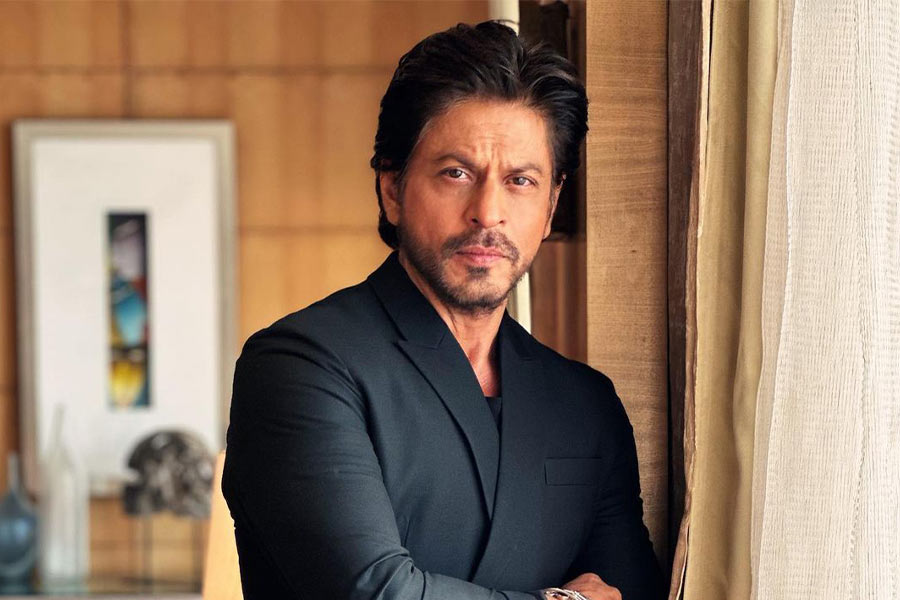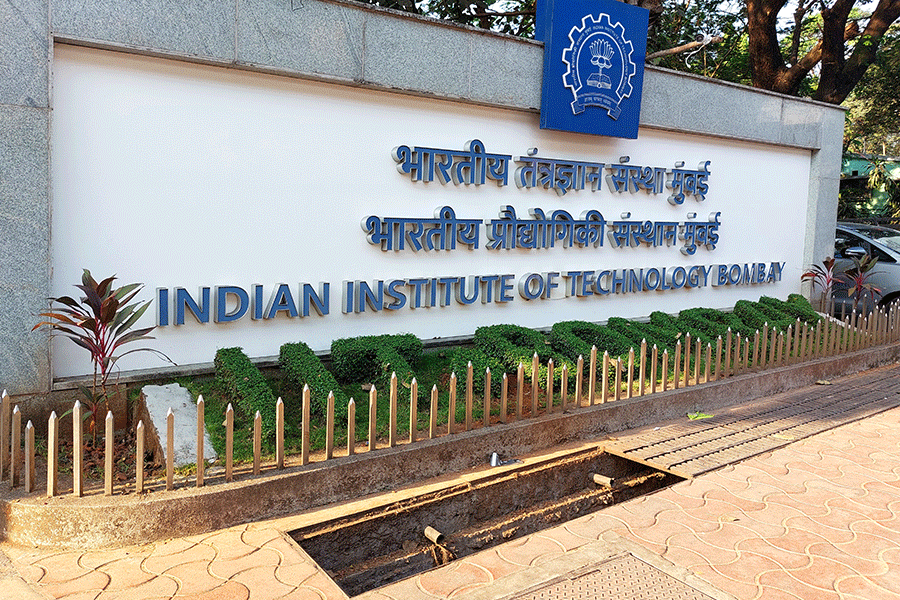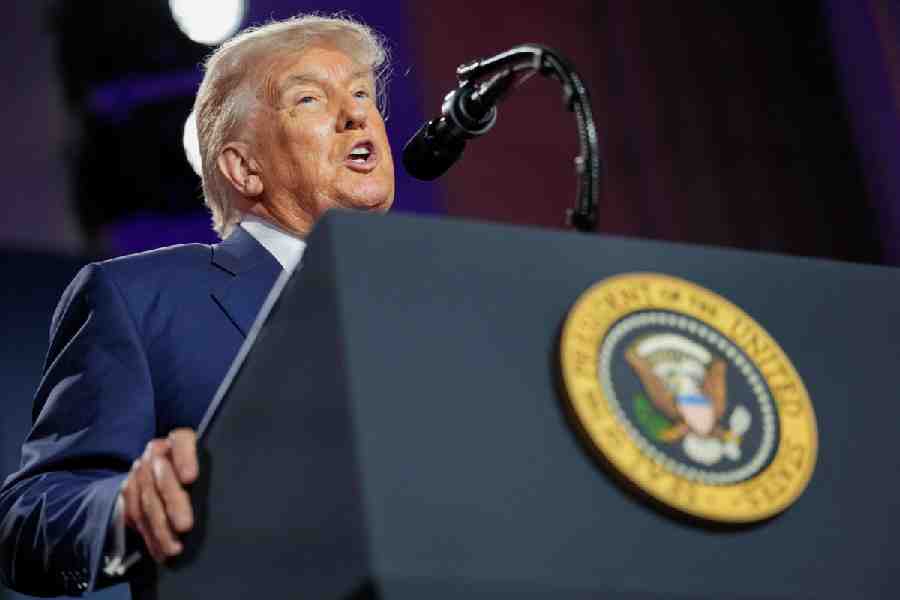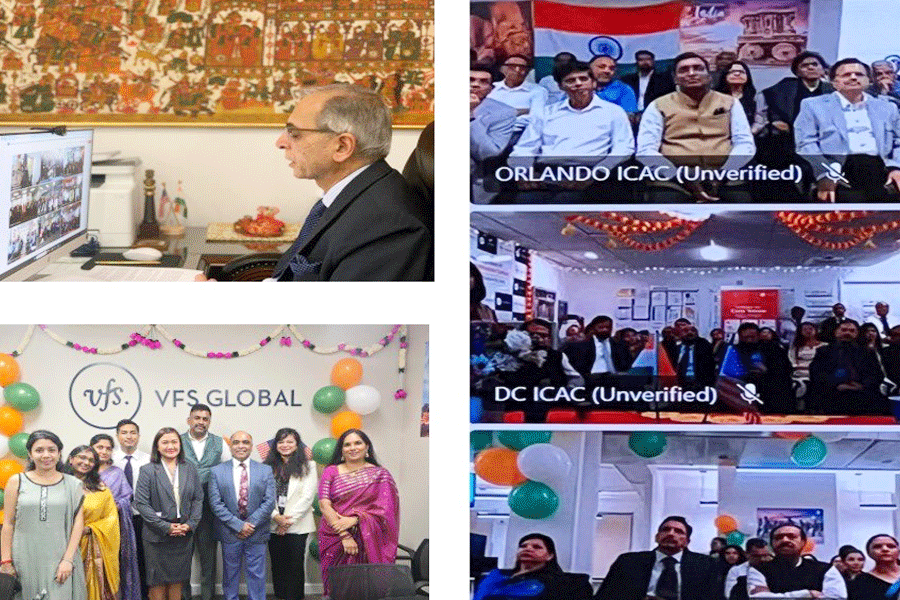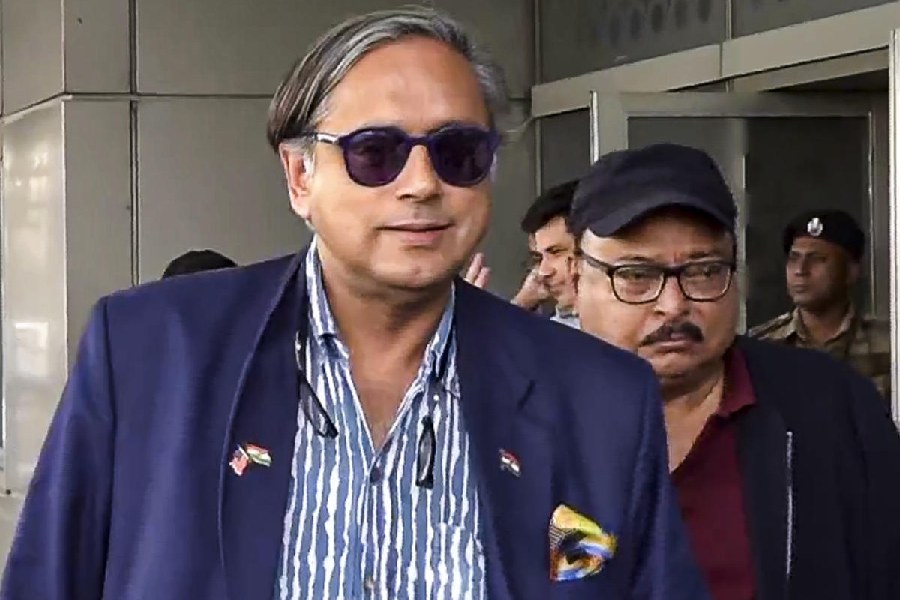
Fitness coach Kaushik Talukdar was back home from New Zealand after nearly two years to launch his book Sports Fit — Bridging the Gap Between Research and Practice. t2 dropped by the Minto Park residence of the Auckland University of Technology lecturer for a chat and some demo moves...
Feels good to be back here?
Always! It’s home.
What else is on the agenda for this visit (apart from the book launch)?
I’ve got a few projects going on. One particular project is to do with youth athlete development, so I’m trying to get a lot of young athletes in schools and colleges to have a structured sports science programme, which, according to my research, is lacking currently. Along with that, I’m also here to run a few courses in sports science for coaches, fitness coaches, physiotherapists.
You’re from Guwahati and you went to Assam Valley School, Tezpur. From growing up in Assam to BCom from Sydenhams, Mumbai, and now you’re a strength and conditioning expert — how did this journey happen?
Back in school we played so many sports. Sports, especially cricket, was something really close to our hearts, and I played with my friends, my brother. So that interest was always there. After BCom I was working in a bank here in Calcutta, and I realised I wanted to do something that interested me a little more. Initially I didn’t know if it’d be sports management or sports science, but as I spent a bit of time exploring my options I figured that sports science seemed to appeal to me more… because we had no idea, in school, how to prepare for a game properly. We just did whatever we were told. So to find the inner workings — the biomechanics, the physiology of the human body — that fascinated me.
It’s not every day that one runs into a fitness expert who’s also a PhD candidate. Do you think the two roles are complementary?
In the fitness industry there’s so much information, but we don’t know if it’s based on evidence or someone’s opinion. And that’s why my interest in research has grown in the last six-seven years, because it’s very important to provide people with the right information and make sure that it comes from a valid and reliable source. So from a PhD point of view, that’s my attempt, to bridge the two — we have a lot of fitness advice from across the globe, but who should be doing what and why, that’s where the science comes in.
I’m guessing that also reflects in your book.
Exactly, yes.
Have you had the chance to train any athletes?
I worked with New Zealand Cricket for quite a long time — the likes of Martin Guptill, Colin Munro. Colin was also part of my Master’s thesis — I was looking at the throwing velocity among cricketers. Plus, I’ve prepared athletes for the Commonwealth Youth Games, the World Cycling Championships, as well as football and field hockey.
If you had to pick two sportspersons whom you could train and make them even better than they already are, who would they be?
Tricky one... I think I would really like to work with Roger Federer, because I’ve always looked up to him, and now that he’s at a later stage of his career, I think helping him to sustain, get a bit more longevity to his game, that’d be something interesting — and challenging as well, because he’s already such an accomplished athlete.
And Virat Kohli is also intriguing. He’s really into fitness, he’s brought in such a difference in the Indian cricket team already, and to work with someone like him and influence the others, keep him injury-free and see how far he can go... So yeah, just those two.
A lot of New Year resolutions are about hitting the gym. How does one stick to it?
The most important element is to understand the behaviour side of things. A copy-paste answer of ‘do this, don’t do that’ won’t work here. It has to fit the person’s ecosystem. In general, I think small changes lead to a big difference, so rather than having too many goals it’s better to have one or two small goals and work on them consistently. A simple example could be small changes in your diet — instead of trying to completely move to the opposite end of the spectrum — because food and nutrition are driven to a great extent by how we feel, the culture, the environment, so there can’t be a one-size-fits-all answer like ‘Don’t eat sugar’ or ‘Don’t eat fat’.
KAUSHIK’S GO-TO STRENGTH AND MOBILITY EXERCISES




Marathons are growing in popularity across the country. Any tips for runners?
What I would say is that running is great, but it comes with practice. It requires the right mechanics, because if you’re moving so many steps you want to make sure that your foundation is right.
Also, I’ve come across runners who stay away from other forms of training, like resistance training. I think other forms are important as well because, from a basic physics point of view, your ground reaction time is more, which means you can go much faster if you’re able to put more force onto the ground. So strength training is important for runners — flexibility and mobility as well, to minimise wear and tear on the joints.
And, of course, good recovery is crucial. That’s where the magic happens, actually. You build up the volume, and then you slightly back off. These are general tips, but I can be more specific when I see a runner.
What do you think young kids taking up sports should focus on — from a fitness perspective?
A good warm-up that requires multi-directional movement patterns is very important, because every sport is played on multiple planes. You’re moving, you’re rotating, you’re reaching, you’re lunging — so many things are happening. That’s why your body needs to be prepared for these demands. Good mobility is key to being injury-free long-term.
Again, more specificities can come in. For example, if someone has certain postural differences, the training can be modified accordingly. But a warm-up can’t be just riding a bike for 5-10 minutes, because if you’re playing a sport like badminton, you’ll be moving in all directions, so you’ve got to be prepared for that.


I think I would really like to work with Roger Federer... helping him to sustain, get a bit more longevity to his game... And Virat Kohli... to work with someone like him and influence the others, keep him injury-free and see how far he can go
The common thread I see through your answers is customising the training to the person’s needs.
Yes, the needs of the sport and also of the person.
You mentioned you’ve played cricket. Batting or bowling?
I was a bowling all-rounder, a fast bowler.
Who were your favourite cricketers growing up?
Sachin (Tendulkar) is a no-brainer, I guess... being a fast bowler I was a big fan of Wasim Akram, the way he could move the ball. Imran Khan was great as well. Allan Donald, I think... so I’m naming all the fast bowlers. Later down the line, Brett Lee, Shoaib Akhtar — as a young fast bowler it was just amazing to see them bowling at a hundred miles per hour.
What’s your fitness mantra, short and punchy?
Well, I haven’t thought about that (laughs)... movement is medicine, I’d say.
Sunny Lyngdoh
Pictures: Pabitra Das
(Visit kaushiktalukdarperformance on Instagram for videos)


